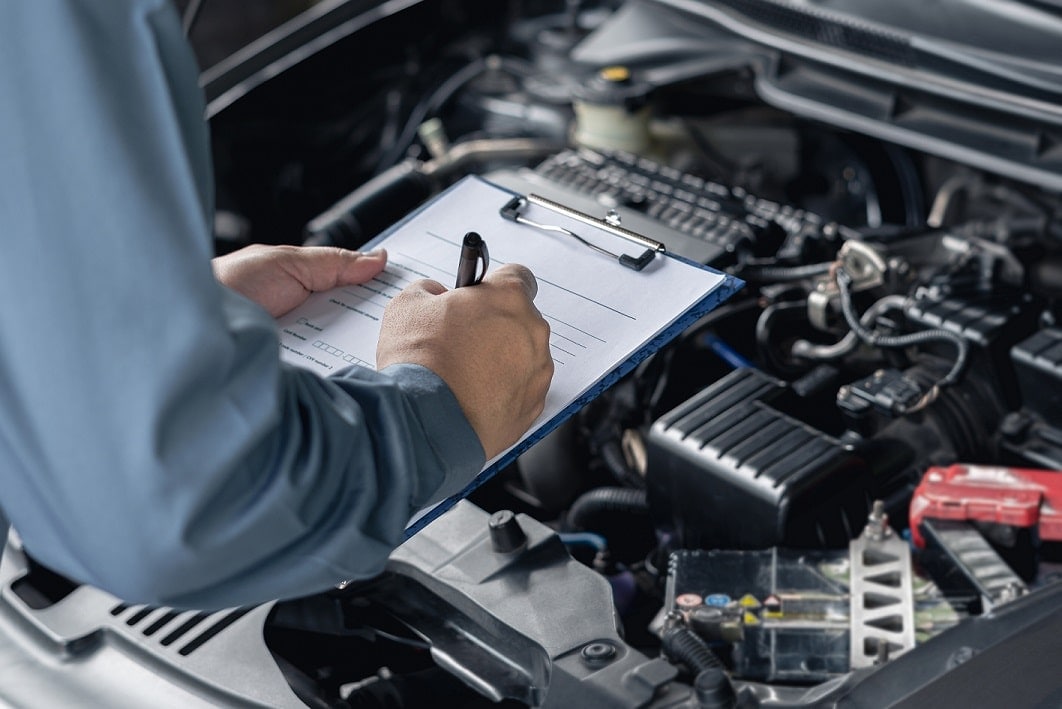
Taking your car for regular checkups is important as it helps to prevent the unanticipated breakdowns. Brake inspections, tire and belt checks, and most importantly, oil changes that need to be done on a regular basis.
Oil is like the blood of your car, and that is why you need to ensure that you schedule your routine oil changes. Why you may ask? Oil will keep your engine working efficiently, which will help in turn help in reducing the carbon accumulation on your engine. It also helps in the heat ventilation, which will prevent the engine from overheating. It is poignant for you to make sure that your oil is clean and changed frequently.
At Schmit Bros, have a team of well-trained professional that will not only check the engine oil for you, but will ensure that your car parts are working efficiently. It is also important to make sure you are feeding your vehicle the correct type of oil.
Anyone who works on cars has technical terms like "viscosity" and "flow rate." Are these the same thing? Do conventional and synthetic oils have the same viscosity?
The oil viscosity is actually the 5W30 or 10W30 terms, which you see on your bottle. You will note that for each of these viscosity levels, you can choose from conventional or synthetic oil blends. This means that conventional and synthetic oils can have the same viscosity. But what is the difference between the two oil blends?
The difference between conventional and synthetic oils is the flow rate. The thickness of new conventional and synthetic oil is quite similar. On the other hand, the thickness of the used oil is quite different. There are many other things that go into having an oil change and vehicle service done on your whip. Here are some of the basics:
What Is a Check Engine Light?
Most vehicles have an onboard diagnostic (OBD) system. When it detects a malfunction, it activates the Check Engine Light on the dashboard and stores an electronic code that indicates where the problem occurred.
The Check Engine light is a yellow, orange, or amber dashboard light that illuminates for a few seconds every time you start the engine to show that it’s working. It can be in the shape of an engine or say “Check Engine” or “Service Engine Soon” or something similar. It should come on briefly with all of the other warning lights when the ignition is turned to “On.”
Five Most Common Reasons Your Check Engine Light Is On:
1.Oxygen Sensor
2.Loose Gas Cap
3.Catalytic converter
4.Mass airflow sensor
5.Spark plug wires
If the Check Engine light is flashing or blinking, there’s a serious problem, such as a misfire. Stop driving as soon as possible and have the cause diagnosed by a mechanic. Continuing to drive could damage an expensive part, such as the catalytic converter.
If the light stays on solid, don’t panic. It may be on because of a loose gas cap or because it’s time for an oil change. It’s probably safe to continue driving unless the engine hesitates, feels sluggish or shows other signs of distress. However, have a certified mechanic at Schmit Bros find out what triggered the warning light as soon as possible. Don’t ignore it; it’s unlikely to turn off on its own, and the problem that caused it won’t go away either.
Why is my oil light on?
From your speed to check engine lights, your car’s dashboard serves as the visual display for all of your car’s systems. The red oil light on your dashboard indicates that there’s a problem with your engine oil, which is an urgent concern. If you’re driving and a light that looks like an old-fashioned oil can illuminates, you should stop the car as soon as you have a safe place to pull over.
What Actually Triggers the Alert?
There are several possible scenarios when the dashboard oil light illuminates. Here are three common underlying causes behind the alert.
1.If the oil is low, add some engine oil and see if the light goes off. If it does, you’re good to go.
2.If the oil level is okay, but the engine is running noisily, your oil pump could be faulty. Don’t drive until it is fixed.
3.If the oil level is okay and the engine is running smoothly, your oil sensor could be faulty. You can safely drive, but you will want to get the sensor replaced.
Schmit Bros' Certified technicians can fix your oil system so that it functions smoothly again. If your vehicle is safe to drive, bring it Schmit Bros to get things taken care of. If it is unsafe, call a tow truck to bring it to us, and we will get you back on the road!
Ready for a newer car? Visit Schmit Bros here in Saukville, Wisconsin or online at www.schmitbros.com.